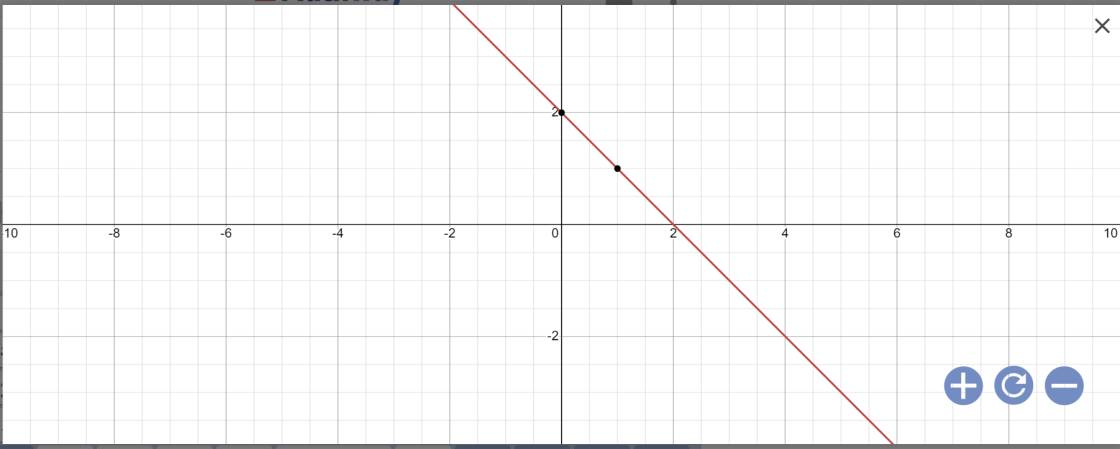a: Vì đồ thị hàm số y=ax+2 song song với y=-x
nên \(\left\{{}\begin{matrix}a=-1\\2\ne0\left(đúng\right)\end{matrix}\right.\)
=>a=-1
b:
Khi a=-1 thì \(y=x\cdot\left(-1\right)+2=-x+2\)
Vẽ đồ thị:

Gọi A(x;y); B(x;y) lần lượt là tọa độ giao điểm của đường thẳng y=-x+2 với trục Ox,Oy
Tọa độ A là:
\(\left\{{}\begin{matrix}y=0\\-x+2=0\end{matrix}\right.\)
=>\(\left\{{}\begin{matrix}x=2\\y=0\end{matrix}\right.\)
Tọa độ B là:
\(\left\{{}\begin{matrix}x=0\\y=-0+2=2\end{matrix}\right.\)
vậy: A(2;0); B(0;2); O(0;0)
\(OA=\sqrt{\left(2-0\right)^2+\left(0-0\right)^2}=2\)
\(OB=\sqrt{\left(0-0\right)^2+\left(2-0\right)^2}=2\)
ΔOAB vuông tại O
=>\(S_{OAB}=\dfrac{1}{2}\cdot OA\cdot OB=\dfrac{1}{2}\cdot2\cdot2=2\)
















